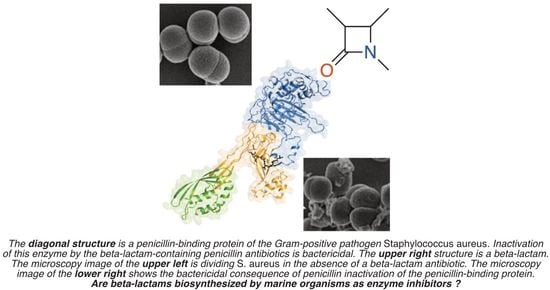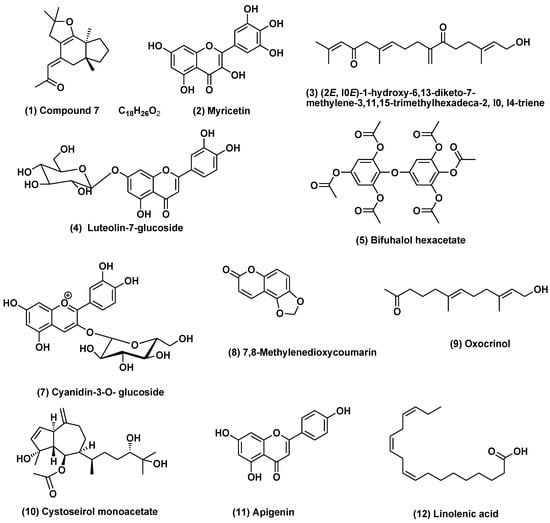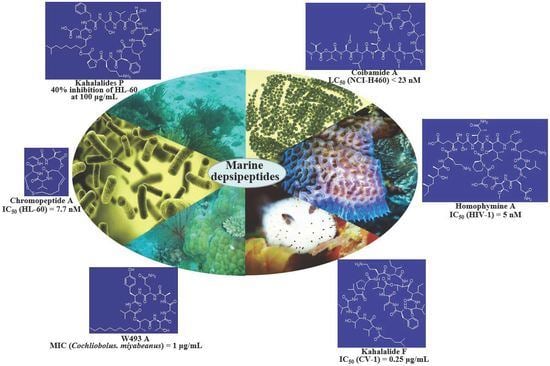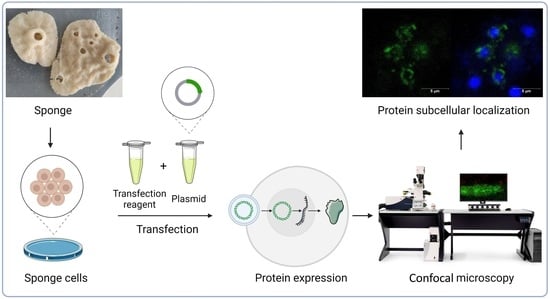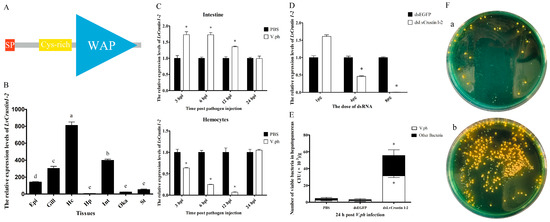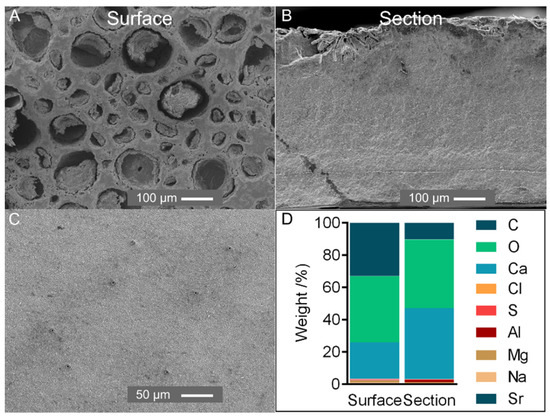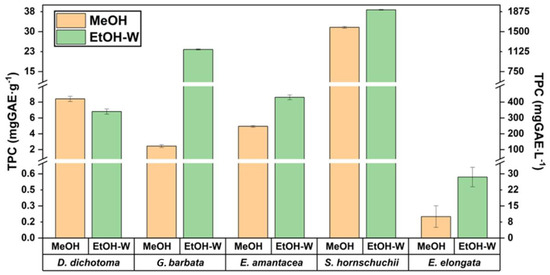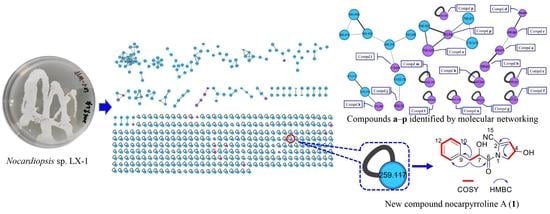Mar. Drugs 2023, 21(2), 85; https://doi.org/10.3390/md21020085 - 25 Jan 2023
Cited by 8 | Viewed by 3382
Abstract
Progressive aging harms bone tissue structure and function and, thus, requires effective therapies focusing on permanent tissue regeneration rather than partial cure, beginning with regenerative medicine. Due to advances in tissue engineering, stimulating osteogenesis with biomimetic nanoparticles to create a regenerative niche has
[...] Read more.
Progressive aging harms bone tissue structure and function and, thus, requires effective therapies focusing on permanent tissue regeneration rather than partial cure, beginning with regenerative medicine. Due to advances in tissue engineering, stimulating osteogenesis with biomimetic nanoparticles to create a regenerative niche has gained attention for its efficacy and cost-effectiveness. In particular, hydroxyapatite (HAP, Ca10(PO4)6(OH)2) has gained significant interest in orthopedic applications as a major inorganic mineral of native bone. Recently, magnetic nanoparticles (MNPs) have also been noted for their multifunctional potential for hyperthermia, MRI contrast agents, drug delivery, and mechanosensitive receptor manipulation to induce cell differentiation, etc. Thus, the present study synthesizes HAP-decorated MNPs (MHAP NPs) via the wet chemical co-precipitation method. Synthesized MHAP NPs were evaluated against the preosteoblast MC3T3-E1 cells towards concentration-dependent cytotoxicity, proliferation, morphology staining, ROS generation, and osteogenic differentiation. The result evidenced that MHAP NPs concentration up to 10 µg/mL was non-toxic even with the time-dependent proliferation studies. As nanoparticle concentration increased, FACS apoptosis assay and ROS data showed a significant rise in apoptosis and ROS generation. The MC3T3-E1 cells cocultured with 5 µg/mL MHAP NPs showed significant osteogenic differentiation potential. Thus, MHAP NPs synthesized with simple wet chemistry could be employed in bone regenerative therapy.
Full article
(This article belongs to the Section Biomaterials of Marine Origin)
►
Show Figures

